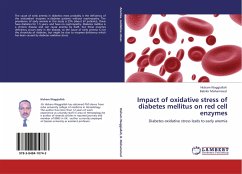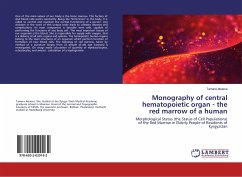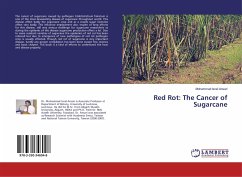Corticosteroids have been associated with hematological changes i. e. erythropoiesis, neutrophilia, lymphocyte and eosinopenia in endocrinal disorders and hematological diseases i.e. hypoplastic marrow stimulation; immune thrombocytopenia- increase in platelet count and hemoglobin, and in acute lymphoblastic leukemia-remission. The present study conducted in bronchial asthma associated with eosinophilia, in spite of being on long term corticosteroid therapy showed: a) erythropoiesis- about 10% rise in hemoglobin, hematocrit and red cell count. This rise was observed with a dose of hydrocortisone even below 0.49mg/kg per day, with maximum effect on dosages from 0.50-0.99 mg/kg per day and within 3 months of therapy. No further increase was observed with dosages of 1.0-1.99 mg/kg per day. b) On discontinuation of corticosteroid therapy the hemoglobin concentration returned to normal after a period varying from 2 weeks to 4 months. c) The erythropoiesis was further confirmed by demonstrating around 10% increase in total hemoglobin and total red cell volume by Cr51 technique. The blood volume did not change; there was reduction in plasma volume in children receiving corticoste.








